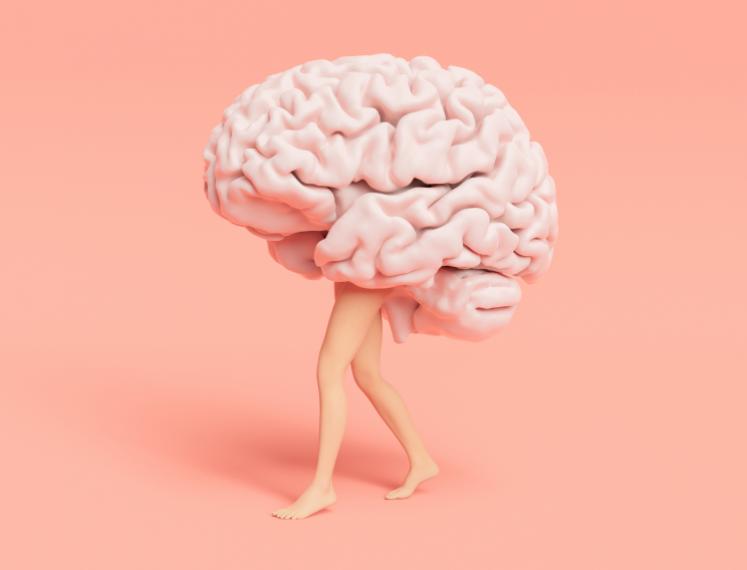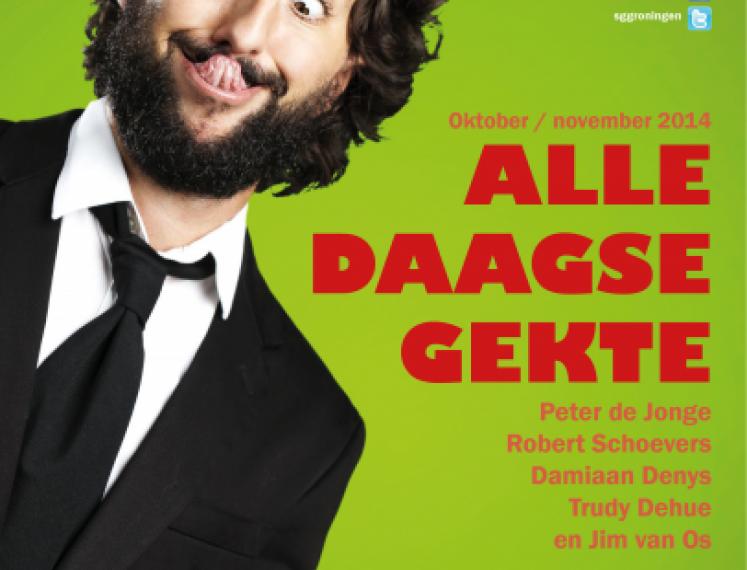Academy Building
Broerstraat 5
Groningen
Netherlands
Children on the Move
The number of children with an immigrant background in Europe is increasing. After moving to Europe, these children are more likely to move within the country of settlement than native-born youth. This internal mobility during childhood is a potential disruptive life event that is often stressful for both the family and children involved. Only recently, awareness of the relationship between this internal mobility during childhood and well-being in adulthood has been addressed. How does moving as a child impact the health, well-being, and family formation of both migrants and natives later in life? And how do neighborhood, origin, destination, family background, and individual characteristics moderate the effect of internal mobility?
Helga de Valk is director of the Netherlands Interdisciplinary Demographic Institute (NIDI) and professor of Migration and the life course at the University of Groningen. She is part of the Migration and Migrants group at NIDI and leads a research group around her ERC project MYMOVE. Her research focuses on migration and integration issues, the transition to adulthood of immigrant youth, union and family formation, the second generation, segregation, and European mobility.






